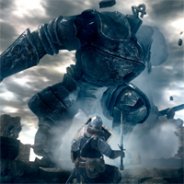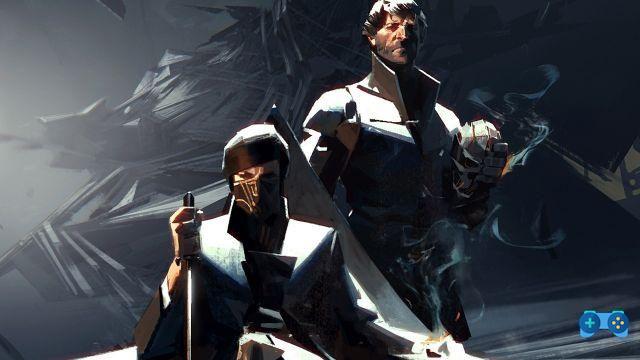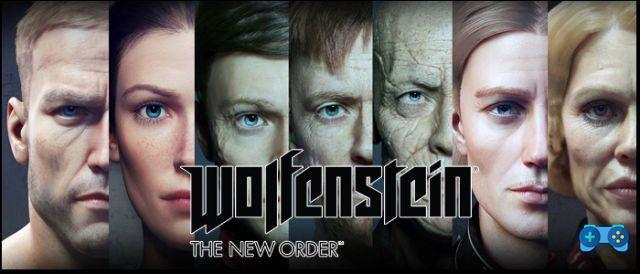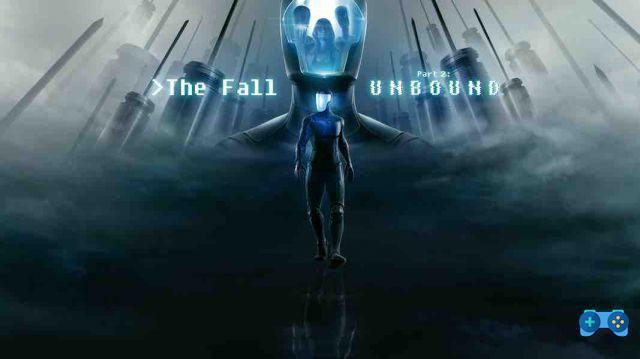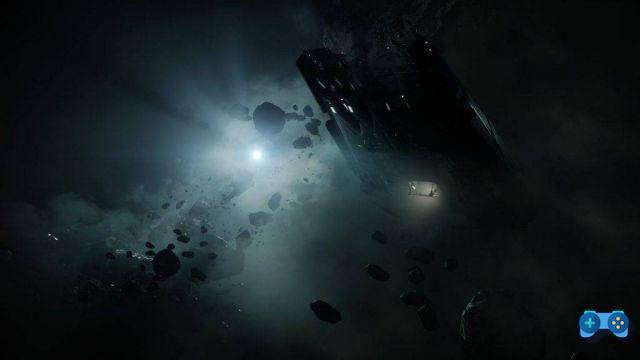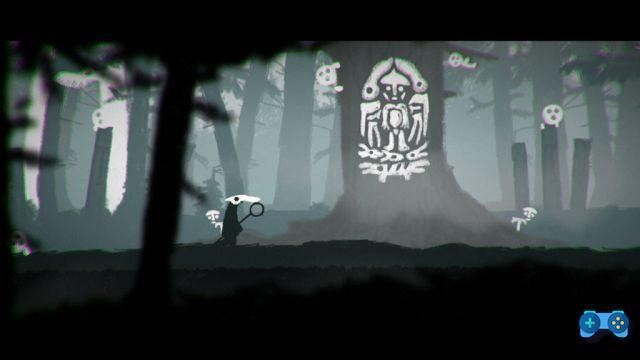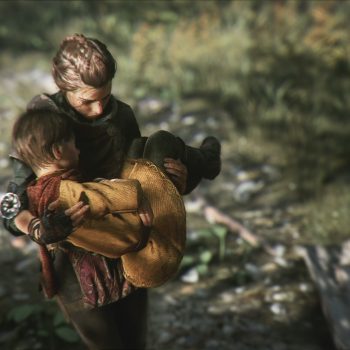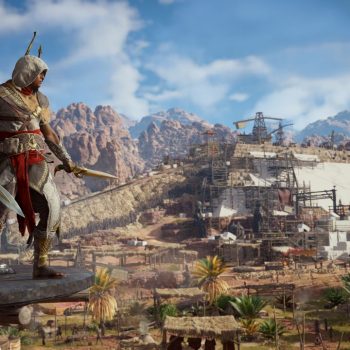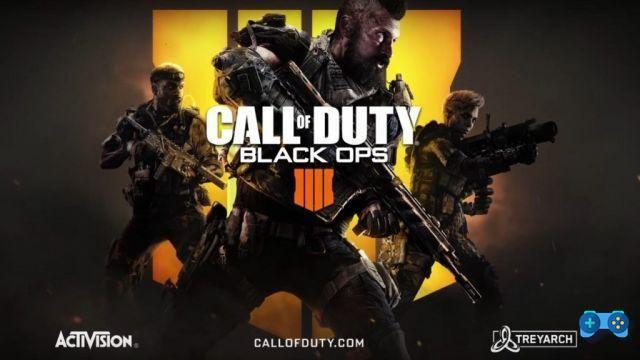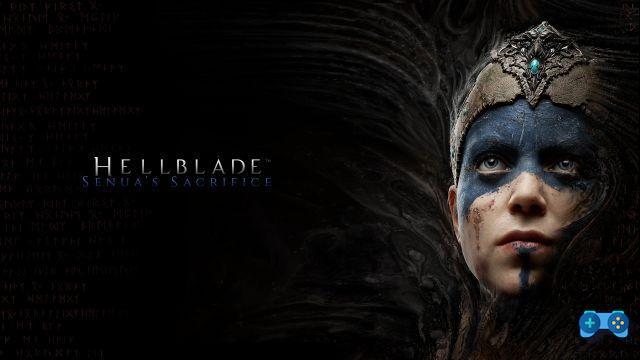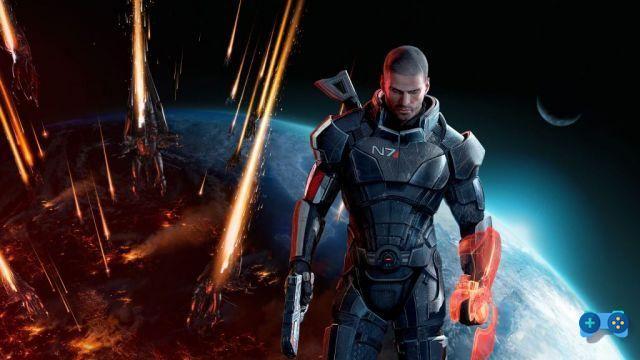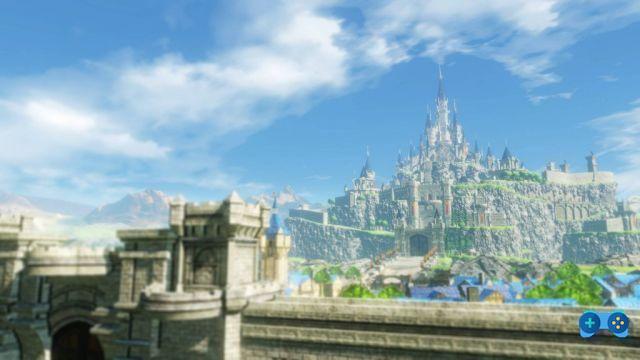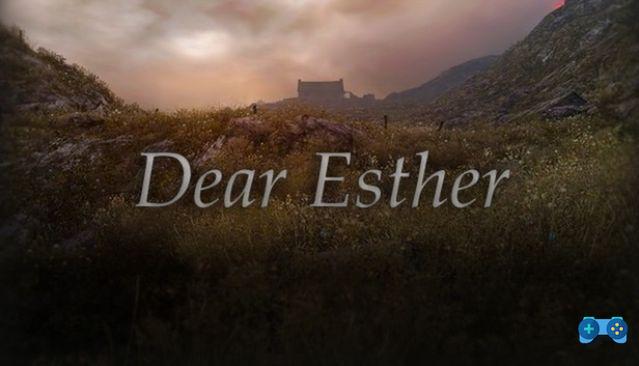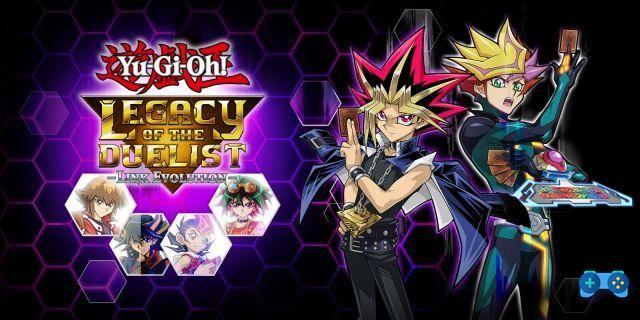
Who is the strongest duelist in the world?
PlayStation 4 tested version.
If you know the Blue-Eyes White Dragon, the Black Wizard and the Egyptian Gods Cards, congratulations: you have grown up well. The world of Yugi and company has now entered abundantly in the collective memory, thanks to the excellent media initiatives of which it was the protagonist several years ago. Yu-gi-oh! Playing cards are now very famous on a planetary level and almost anyone, even if they do not participate in official tournaments and have never seen the anime or read the manga when they hear it, hear those three Japanese syllables confusedly remember something, evoke the image of monsters and cards and life points to be reduced to zero. The production of Other Ocean Interactive, however, is not reserved for everyone but exclusively for those who are familiar with the game or are eager to learn the basics. And a good dose of love from the fans is absolutely required to last more than a couple of hours.
"You already play Duel Monsters and struggle between two mysterious realities"
If you have read it while singing it means that you are familiar with the theme song of the anime in which the famous playing cards appear, also protagonists of this homonymous production. You will therefore be happy to know that Legacy of the Duelist after a long time offers a story mode worthy of the name, and it is a real surprise within a simulation game, whose existence would be justified after all simply by mere cards and the playing field (as has happened too many times in the past). Starting with the adventures of Yugi Muto, Tea, Tristan and Joey against Pegasus and Marik, the game traces with a high level of fidelity all five main animated series that have followed one another over the years, offering a considerable number of duels and hours of play, as well as the possibility for those who may have stopped at the second or third animated series to know the main protagonists, enemies and monsters of the most recent ones. Pendulum monsters are also included in the last one, only recently added to the game rules, and usable here for the first time in a videogame context.
The story is told by a hypothetical narrator-bot who reads a book, only to then quickly give the word to the characters themselves: there are no voiceovers, everything is written on the screen and must be read in microscopic characters, in a Spanish so ungrammatical as to be abhorred. even a first-grader child. It would have been better to leave everything in English, but luckily at least the descriptions of the cards are correct (although it was not possible for us to read the descriptions of all the 6.600 cards contained in the game, even if we would have loved to do so despite a minimum life. social). The images on the screen are two-dimensional but in high definition, nothing that makes you cry a miracle in short or that squeezes the game's graphics engine too much: as it should be, the attention must be paid to the duels themselves, which after all arrive soon, after a couple of characters' lines. Besides, if they were missing why would we be playing Yu-gi-oh! on the TV at home? No, the answer according to which “there are no friends who still play it after so many years” is not valid. Nowadays it is enough to enter a comic shop with an empty deck in hand to be attacked by voracious collectors.
I offer my monster as a tribute
The rules behind Yu-gi-oh! they are not the subject of our discussion, but they must not scare those who want to approach the title for the first time ever and for some strange reason do not want to physically learn them on the field: basically you have to summon monsters and attack the opponent to reduce them to zero his health points, perhaps using spells to power up or traps to avoid his obvious counter moves. End. It's not like playing trump, but until the whole complex is deepened it's not even as difficult as it might seem to a bewildered novice. Legacy of the Duelist, however, also thinks of them, offering in the options menu a whole series of pages and chapters and tests with which to instruct them to the game from scratch, step by step from the simplest to the most difficult elements.
The title essentially offers four ways to duel: the first by playing the story mode and using the deck of a certain character against that of a certain other character (for example that of Yugi against Kaiba, or of Joey against May; but a nice bonus also allows you to replay all the duels "backwards", playing the role of the opponent). If you want you can also build your own deck and use it in the story mode. The second way is obviously the mode against artificial intelligence: continuing in the story you unlock various opponents that you can challenge to a duel whenever you like. The third is the online multiplayer mode (the local one is absent) and the last is the battle pack mode, in which you have to build your own deck by improvising from a series of completely random cards available. At any time it is possible to go to the editor mode or to "build your deck" to modify it at will, even starting from lists of cards and decks belonging to opponents who have been defeated in the story mode.
And la carte, where do you get them? From the shop of course: that of the game, in which using the coins won in the duels you can first unlock and then buy the various packages, ordered according to the season of the animated series and according to the various characters. So by buying the package of Kaiba you can "unbox" and hope to make yours a Blue-Eyes White Dragon, with Joey's a Red-Eyes Black Dragon, but obviously not vice versa. If you wish, the Egyptian God Cards can be found in Yugi's, and they are devastating as always when used intelligently.
Duelists from all over the world, unite
One of the funniest modes in Legacy of the Duelist is definitely the online one, in which you can challenge a friend who owns the game or start a match (fast or ranked) against anyone, from anywhere in the world: one of the few advantages of the network of global connection. The servers are quite stable, at the moment of course there are not very many players but over time their number is destined to increase, at least as long as this remains the only Yu-gi-oh! available on next generation consoles. You can create your own game with specific conditions: number of rounds, time to perform them, more or less severe restrictions; or simply start a "quick match" against a random opponent. Even in the battle pack mode it is possible to play online, always with a deck built at the moment with random cards. Be psychologically prepared: the world is full of those who just can't lose with honor and prefer to disconnect by sending everything to that country, and the game does not include "punishments" or loss of score whatsoever. If the opponent escapes, he goes unpunished. But you are honest, aren't you? True?
The fair of solitude
Technically speaking
or the game does not suffer from obvious defects, and the opposite would also be difficult since the only effort required of the software is to calculate the possible moves on the field and execute those requested by the player, without any additions whatsoever. Graphically speaking, in fact, there is almost nothing: the scenarios are four in all, with four other elements on the cross. It's okay to pay attention to the cards, but if you ever think of enjoying what's beneath them, think again: there is nothing, total desolation. Add to this that the fonts were set by Ant-man, and are therefore only visible to ants, which does not help those suffering from acute myopia.
Negative note: there are no animations of the monsters, so if you expect to see what you're going to claim materialize out of nowhere, be prepared to be disappointed. Kuriboh won't pop out of his card, an activated spell won't cast magical bonds, a trap won't plunge baddies into a hole. What should be the prerogative of a game published on new generation systems, but which was after all possible also in the old ones, happens only in the case of battles involving certain types of monsters. To understand: you can really see fighting the Blue-Eyes White Dragon, the Black Wizard and a few other beasts, period. And only when you attack an opponent's monster card, not when you attack it directly. And even when you see them, they do nothing: they go out and disappear. Paradox of bizarre paradoxes, in these unique situations the frames sometimes decrease.
The sound sector is acceptable, with catchy but extremely repetitive music, among other things clearly recycled from old titles: the most attentive will certainly pay attention to it. They almost never bother, but after all let's be honest: playing with volume or without volume doesn't really make a difference. Your life points will not increase due to some strange acoustic phenomenon.
Final commentYu-Gi-Oh! Legacy of the Duelist is a product intended for lovers of the famous card game, to which it will also be able to offer several hours of fun if played with the right perspective, or that of a title that can only offer a virtual card simulator and little else. Among this little else a respectable and particularly welcome story mode. However, if you have never had the opportunity to play Yu-gi-oh! Before, we advise against starting now and especially in this way: much better to do it live or hope for a sequel that really includes fighting with monsters. which made the fortune of the entire production. Among other things, their absence is felt even in the face of the price of 20 euros, which will not be many but not even a joke for a similar product. |
| For | Cons |
|---|---|
| - Long-lived and interesting story mode - Lots of game modes - Online is even more fun | - In the long run repetitive - Graphically reduced to the bone - More care for translation was a must |
| Overall rating: 70 |
Deprecated: Automatic conversion of false to array is deprecated in /home/soultricks.com/htdocs/php/post.php on line 606




